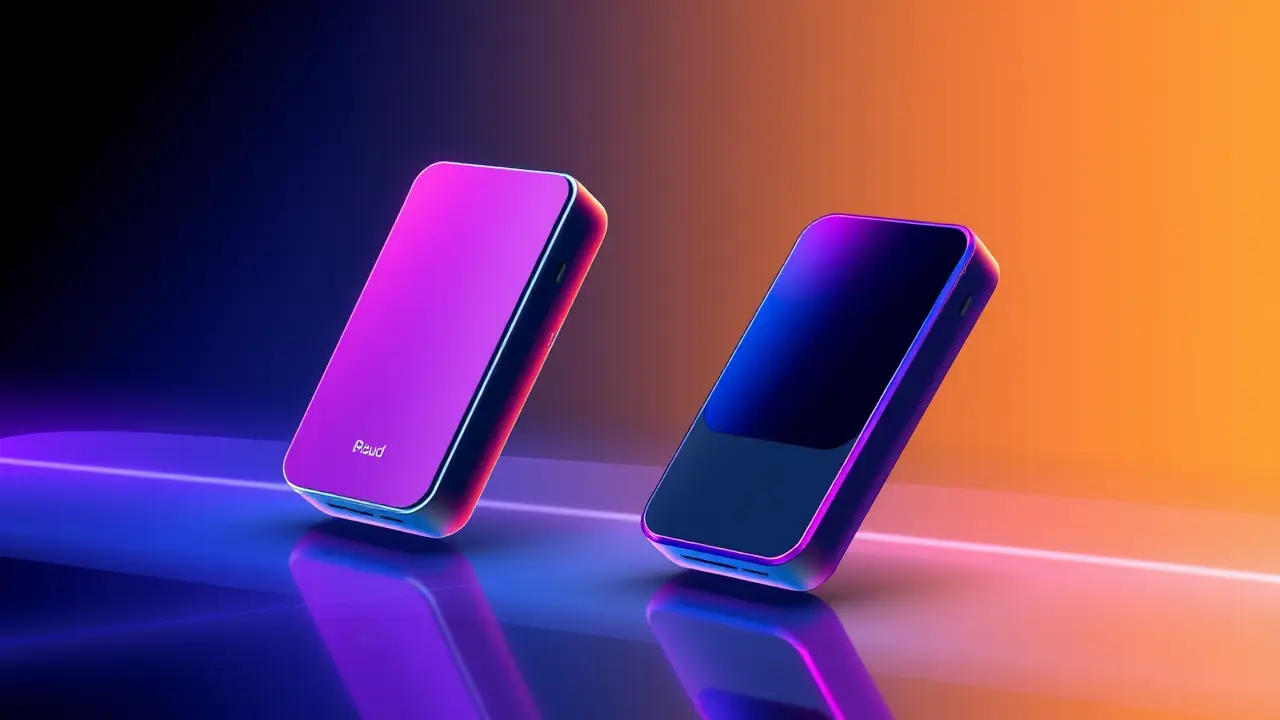
AInlp & speech
AI Hardware Reinvents the Dictaphone for Modern Journalism
DA
Daniel Reed
12 hours ago7 min read3 comments
The evolution of journalistic tools from mechanical recorders to AI-powered devices represents one of the most practical applications of artificial intelligence in professional workflows today. As someone who has tracked AI's trajectory from academic research to real-world implementation, I find this transition particularly fascinating.My own journey with recording devices began with the Sony ICD-TX50 in 2012—a marvel of miniaturization that felt revolutionary at the time with its 6. 4mm frame and OLED display.That device represented the peak of dedicated hardware before smartphones began absorbing functionality. Google's Pixel phones with their on-device transcription capabilities marked the next evolutionary step, offering automated transcription that significantly reduced the manual labor of journalism.However, the current generation of AI-native recording devices from companies like Plaud and Notta represents something fundamentally different—not just incremental improvement but a complete reimagining of what a recording device can be. These devices leverage large language models not merely for transcription but for comprehension, summarization, and analysis.The Plaud Note and NotePin, which I've tested extensively over several months, demonstrate how specialized hardware can outperform general-purpose smartphones despite both using similar underlying AI models. The key differentiator lies in the integration—the ability to start recording instantly regardless of phone state, the dedicated processing pipelines, and the thoughtful hardware design that prioritizes the journalist's workflow.What's particularly compelling from an AI architecture perspective is how these devices handle speaker diarization—the process of distinguishing between different speakers—which has historically been challenging for automated systems. The fact that these consumer devices can now accomplish this with reasonable accuracy speaks volumes about how far natural language processing has advanced.The computational requirements for real-time transcription and analysis remain substantial, which explains why both Plaud and Notta rely on cloud processing despite the trend toward on-device AI. This creates interesting trade-offs between privacy, speed, and functionality that will likely define the next generation of these devices.From a technical standpoint, the ability to select different AI models—GPT-5, Gemini 2. 5 Pro, and others—for different processing tasks suggests a modular approach to AI infrastructure that we're likely to see more widely adopted.The pricing models also reflect an interesting business strategy—positioning these not as consumer gadgets but as professional tools with subscription services that acknowledge the ongoing computational costs of AI processing. While the $159 hardware cost might seem steep compared to free smartphone apps, the time savings for working journalists quickly justifies the investment when considering the alternative of manual transcription or even the less polished outputs from general-purpose apps.The competitive landscape between Plaud and Notta illustrates how small differences in implementation—like Notta's in-app translation or Plaud's magnetic attachment system—can create meaningful advantages for specific use cases. As AI hardware continues to mature, we're likely to see further specialization, with devices optimized for different recording environments—courtrooms, interviews, lectures, or field reporting.The success of these focused AI devices compared to the disappointing reception of more general-purpose AI hardware like the Humane AI Pin suggests a important lesson for the industry: specific, well-defined use cases where AI demonstrably improves existing workflows will find adoption long before more ambitious but vague AI companions. For journalists, lawyers, researchers, and anyone who regularly works with recorded audio, these devices represent the most tangible benefit of the AI revolution to date—not just automation, but augmentation of human capabilities.
#featured
#AI hardware
#voice recorders
#transcription
#Plaud
#Notta
#dictaphone
#journalism
Stay Informed. Act Smarter.
Get weekly highlights, major headlines, and expert insights — then put your knowledge to work in our live prediction markets.
© 2025 Outpoll Service LTD. All rights reserved.